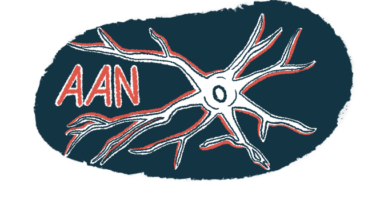‘Game changer’ of new system proposed for classifying Parkinson’s
Model based on biological changes associated with Parkinson's

Scientists have proposed a new way to classify Parkinson’s disease based on biological changes associated with the disorder.
“Without looking at the biology, you can’t get answers. And without answers, we won’t have much-needed breakthroughs in Parkinson’s,” Anthony Lang, MD, a researcher at the Krembil Brain Institute in Canada, who co-authored the paper outlining the method, said in a press release. “This new classification system and the future research project it will inspire, is one of the most exciting things I have worked on in my career.”
Lang and colleagues outlined their classification system in The Lancet Neurology, in a paper, titled “A biological classification of Parkinson’s disease: the SynNeurGe research diagnostic criteria.”
New classification may advance development of disease-modifying therapies
“The use of a biological classification will enable advances in both basic and clinical research, and move the field closer to the precision medicine required to develop disease-modifying therapies,” the scientists wrote.
Parkinson’s is currently diagnosed based on whether or not a patient is showing signs and symptoms indicative of the disease. This has many notable drawbacks: it’s not very objective, and also means that Parkinson’s cannot be diagnosed until the patient has already experienced brain damage that’s substantial enough to cause noticeable differences on examination.
“We know Parkinson’s exists in the brain for one to two decades, or longer, before the clinical manifestations present,” Lang said. “So, we believe current research must be driven by biological determinants of the disease, rather than limited clinical descriptions of its signs and symptoms.”
“We need a radically different way of looking at this disease,” he added.
The scientists new model classifies patients based on the presence or absence of three types of biological changes that are seen in many, but not all, people with Parkinson’s: first, whether or not the individual has clumps of alpha-synuclein protein in the brain; second, the presence or absence of detectable neurodegeneration (brain cell death); and third, the presence or absence of Parkinson’s-associated genetic mutations.
The team dubbed this three-step classification model SynNeurGe (pronounced “synergy”). The researchers hope this model will help more accurately classify Parkinson’s subtypes and better reflect the disease’s underlying causes.
Model provides ‘much broader, more holistic view of the disease’
“We need to recognize that Parkinson’s can differ dramatically between patients. We are not dealing with a single disorder,” Lang said. “Our model provides a much broader, more holistic view of the disease and its causes.”
Better classification of underlying biology could also help pave the way toward more targeted treatment strategies.
“The ability to tailor treatments improves when you can identify exactly what is going on in a specific patient like me,” said Hugh Johnston, who lives with Parkinson’s and is founding chair of the Kremblin’s movement disorders patient advisory board.
“This new way of thinking is what we have been waiting for,” Johnston added. “It’s a game changer.”








